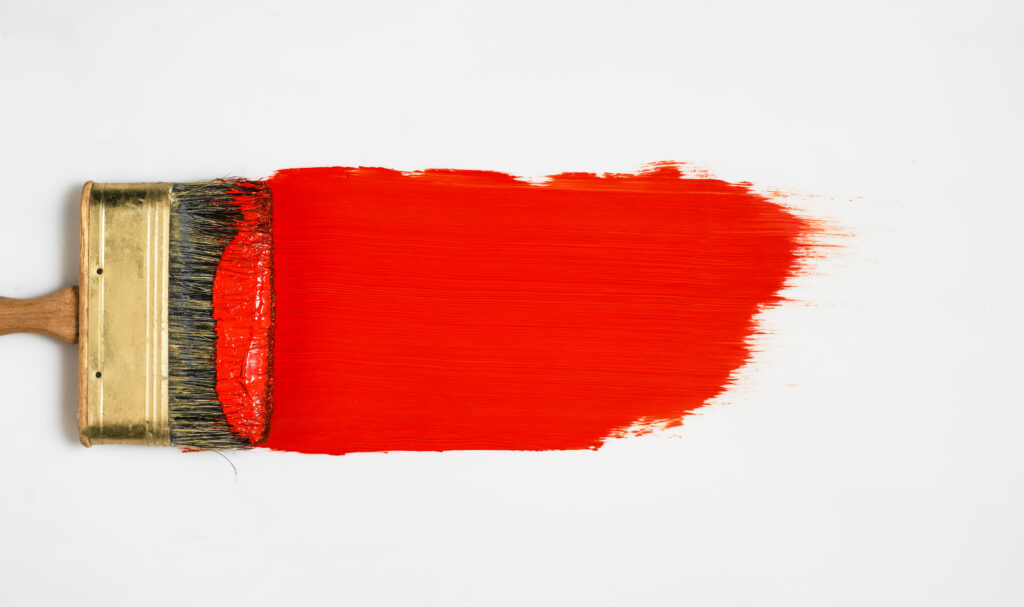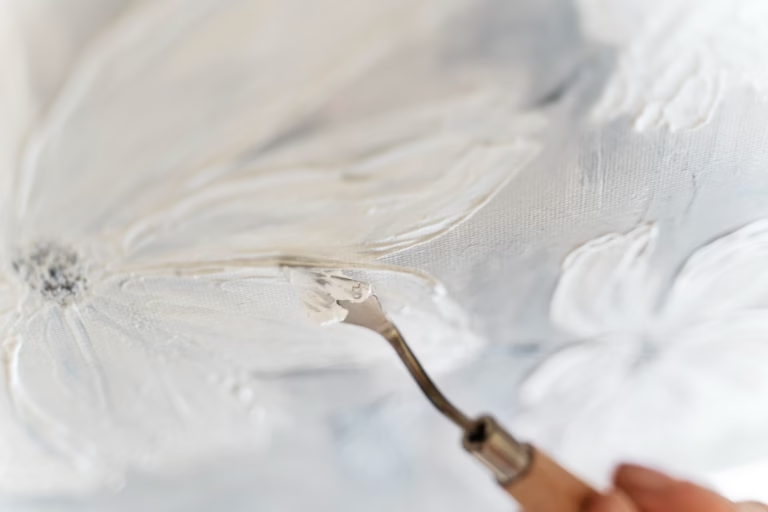Digital art, with its undo button and infinite canvas, can be both liberating and paralyzing. It’s tempting to zoom in, meticulously detailing every pore and pixel. However, a crucial technique often overlooked is the power of a large brush size. While it may seem counterintuitive, using the biggest brushstroke you can get away with can dramatically improve your digital painting workflow and the overall quality of your art.
1. The power of blocking in with bigger brush stroke:
Think of painting like sculpting. You don’t start by chiseling out individual eyelashes; you begin with the overall form. A large brush is perfect for “blocking in” the major shapes and colors of your composition. This stage focuses on establishing the foundational values, light, and shadow, creating a solid base for further refinement. Using a small brush too early can lead to a scattered, undefined look.
- Faster workflow: Blocking in with a large brush is significantly faster than trying to build up form with tiny strokes. It allows you to quickly cover large areas and experiment with color variations without getting bogged down in detail.
- Stronger composition: Focusing on broad strokes forces you to think about the overall composition and how the different elements relate to each other. This leads to a more cohesive and visually appealing piece.
- Better value control: Large brushes help you establish the correct value range early on. Value (the lightness or darkness of a color) is crucial for creating form and depth.

2. Avoiding the “Digital” look:
One common pitfall of digital art is the “digital” or “artificial” look, characterized by overly sharp edges and a lack of natural blending. Using a small brush encourages this. Large brushes, on the other hand, force you to blend colors and soften edges, resulting in a more painterly and organic feel. They simulate the way traditional paint behaves on a canvas, creating a more natural and less sterile aesthetic.
- Softer edges: Large brushes naturally create softer edges, which are more pleasing to the eye.
- Natural blending: Blending becomes easier and more intuitive with a large brush, mimicking the subtle gradations of traditional painting.
- Less noise: Smaller brushes often introduce unwanted noise and pixelation, which can detract from the overall image quality. Large brushes help to minimize this.
3. Encouraging happy accidents:
Embracing a larger brush size can lead to unexpected and delightful results. Because you’re working with broader strokes, you’re more likely to stumble upon interesting color combinations and textures that you wouldn’t have considered otherwise. This can lead to a more creative and expressive painting.
- Serendipitous blends: Overlapping colors and textures with a large brush can create surprising and beautiful effects.
- Loose and expressive style: A larger brush encourages a looser, more expressive style, allowing you to convey a sense of energy and dynamism in your work.
4. When to use a smaller brush:
Of course, there are times when a smaller brush is necessary. Detail work, such as rendering fine textures or adding intricate patterns, requires a smaller brush size. However, even in these cases, it’s important to remember to start with a larger brush and gradually work your way down to smaller sizes as needed.
Don’t be afraid to embrace the bigger brushstroke!
Using the biggest brush size you can get away with can dramatically improve your digital painting process and the quality of your artwork. It promotes a faster workflow, strengthens composition, avoids the “digital” look, and encourages happy accidents. So, the next time you sit down to paint, challenge yourself to work with a larger brush – you might be surprised at the results.
